New York, NY– You won’t find the real New York in its tourist attractions like The Empire State Building, Times Square, Wall Street or the Statue of Liberty. If you want to discover the real New York–the city’s heart and soul you’ll find it in its neighborhoods and nowhere will you find it more than in Harlem. If you’ve never been to Harlem, put away your baggage, your stereotypes and misconceptions and get yourself uptown. In Harlem you’ll discover one of the city’s most vibrant and historic neighborhoods.
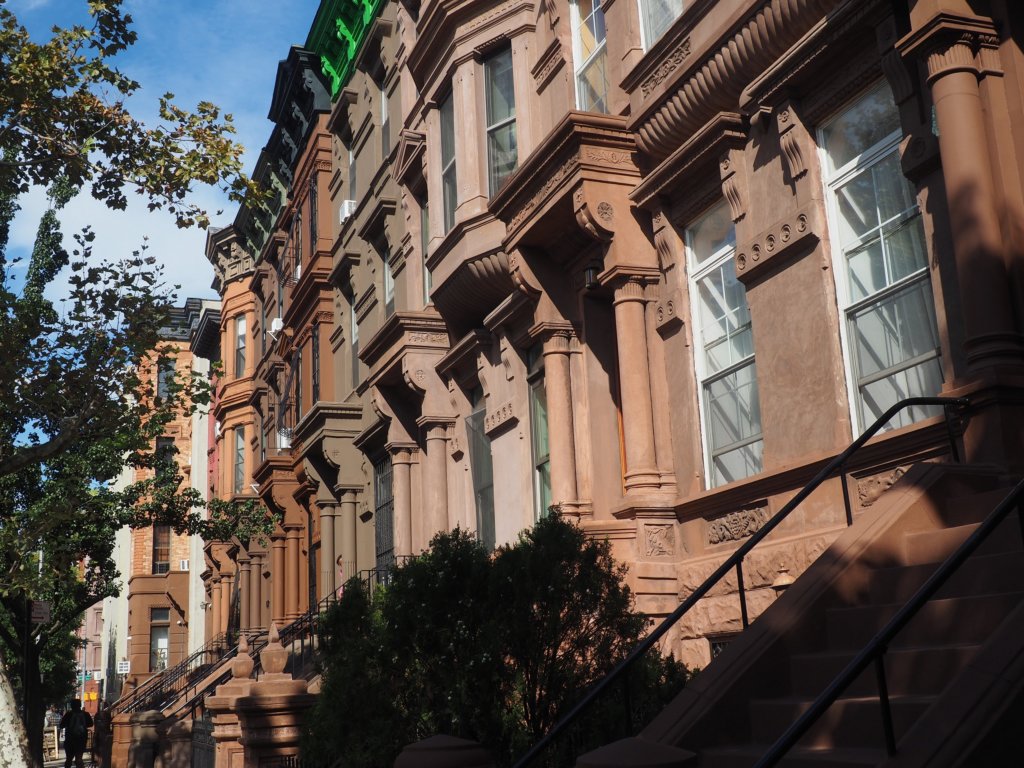

I recently booked a walking tour with Welcome to Harlem, a touring company founded in 2004 that introduces people to the rich history and cultural diversity of the neighborhood. What I discovered were beautiful brownstone buildings, nice people and great food. https://welcometoharlem.com/
The neighborhood of Harlem occupies one fifth of Manhattan. Originally settled by the Dutch in 1658 it was named for the city of Haarlem in Holland. From the 1870’s to the 1930’s it became one of America’s largest middle class Jewish enclaves. East Harlem was home to the city’s first Little Italy. Puerto Rican migrants began moving into the area in the 1930’s, East Harlem was often referred to as “Spanish Harlem. With a large number of vacancies and landlords desperate to fill them, African Americans began moving into Harlem in the early 20th century. Fleeing lynching and racist Jim Crow laws in the South, African Americans sought safety and better opportunities in the North, Midwest and West during the Great Migration 1916-1970. Harlem became a final stop for many of those migrants from the south. The 1910’s to the 1930’s is the period known as the Harlem Renaissance, considered the golden age of African American literature, music, theatre and art. The period helped set the stage for the Civil Rights Movement.
Harlem also became the center of New York’s nightlife in the 1920’s and 30’s. Venues like The Cotton Club featured African American entertainers like Duke Ellington, Billie Holiday, Cab Calloway, Lena Horne and Louis Armstrong, but while they were allowed to perform, they were not allowed to attend as guests. The Cotton Club was a segregated whites only club.

The world famous Apollo Theatre was also founded as a whites only burlesque club in 1914. A campaign against burlesque, led to a change in 1934 and owners of the theatre redirected their marketing to Harlem’s growing African American population. Today the theatre is a non profit venue for concerts, performing arts and community outreach programs.
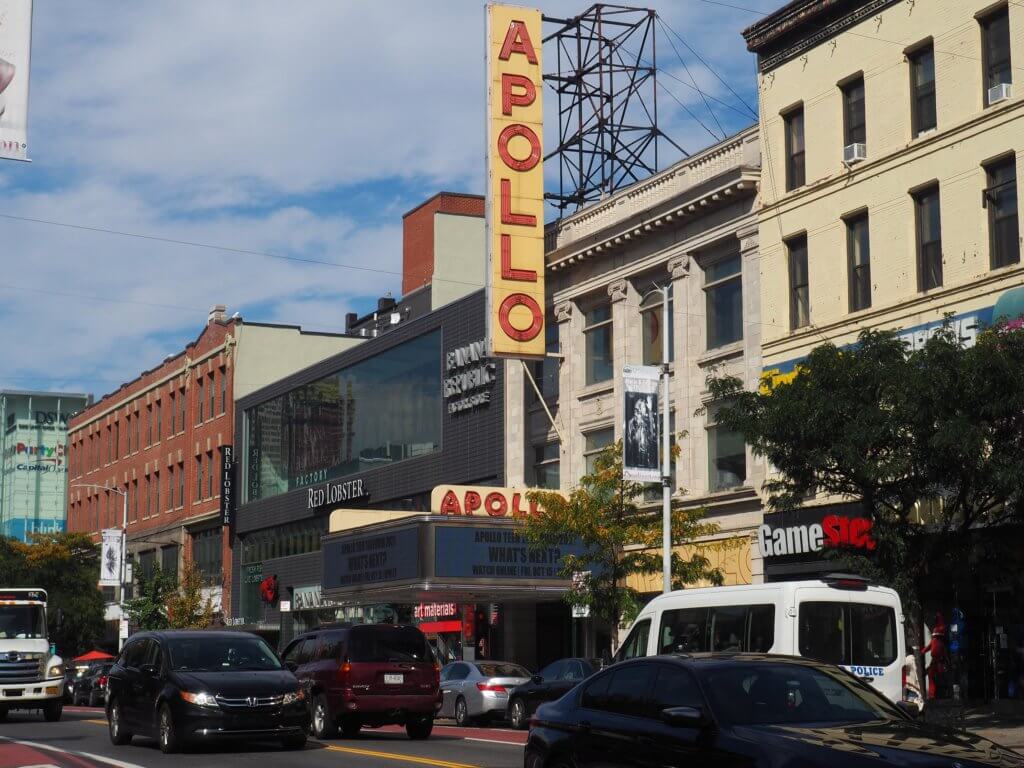
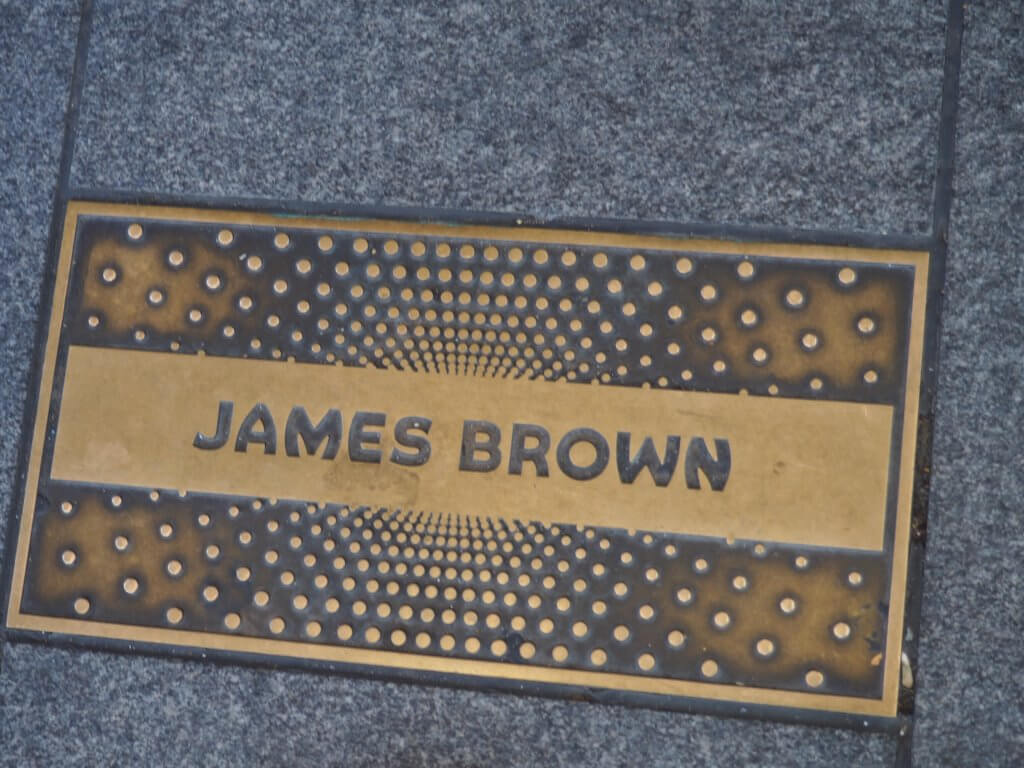
Some of the other things you will see and experience on a tour of Harlem:
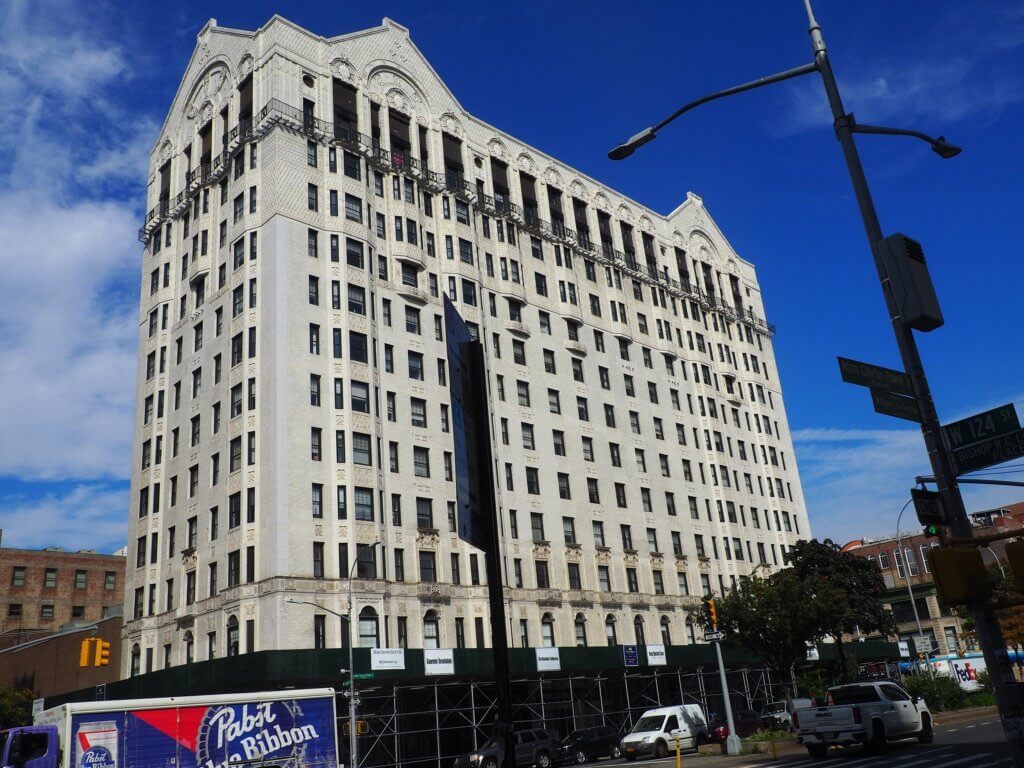
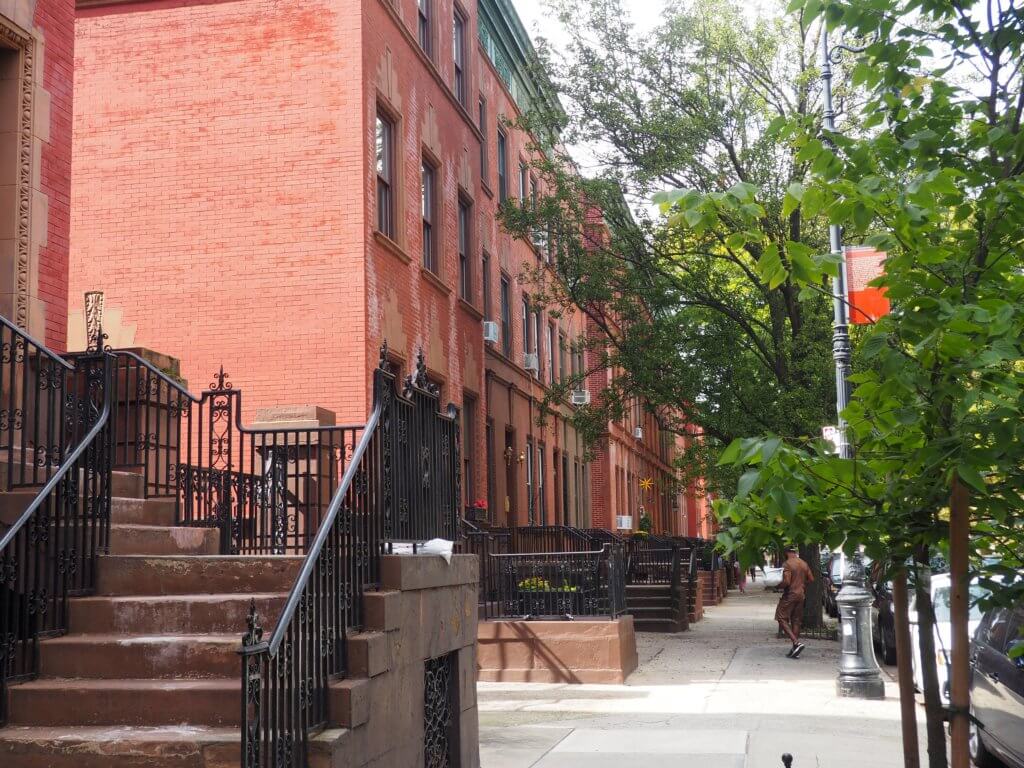
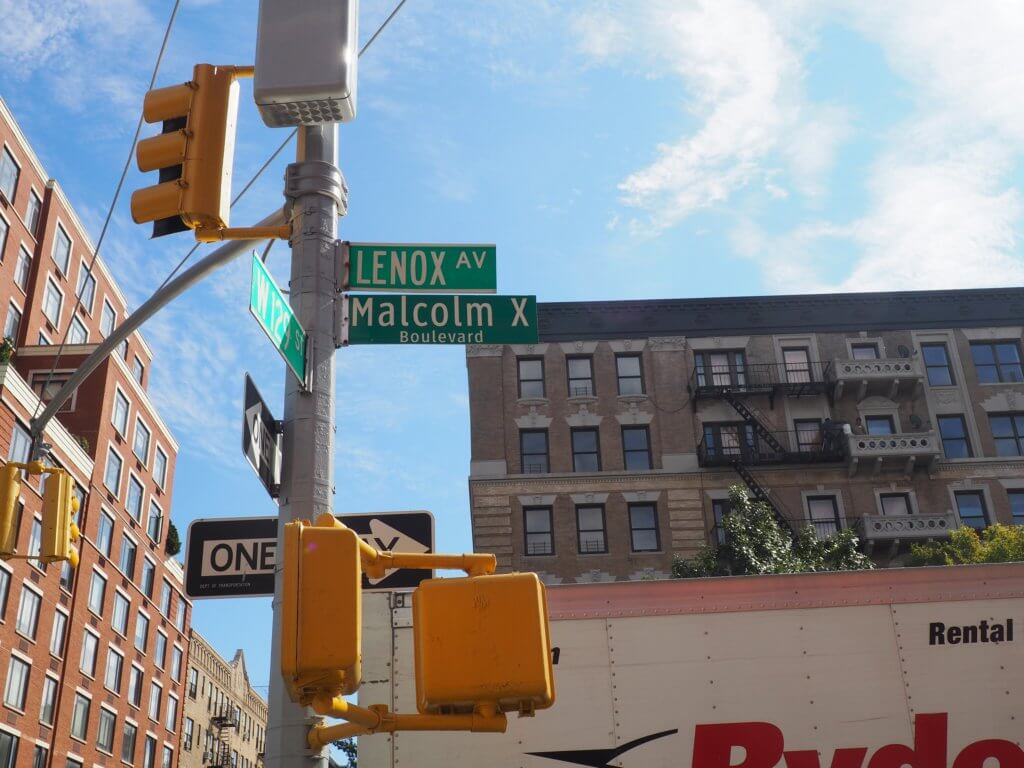
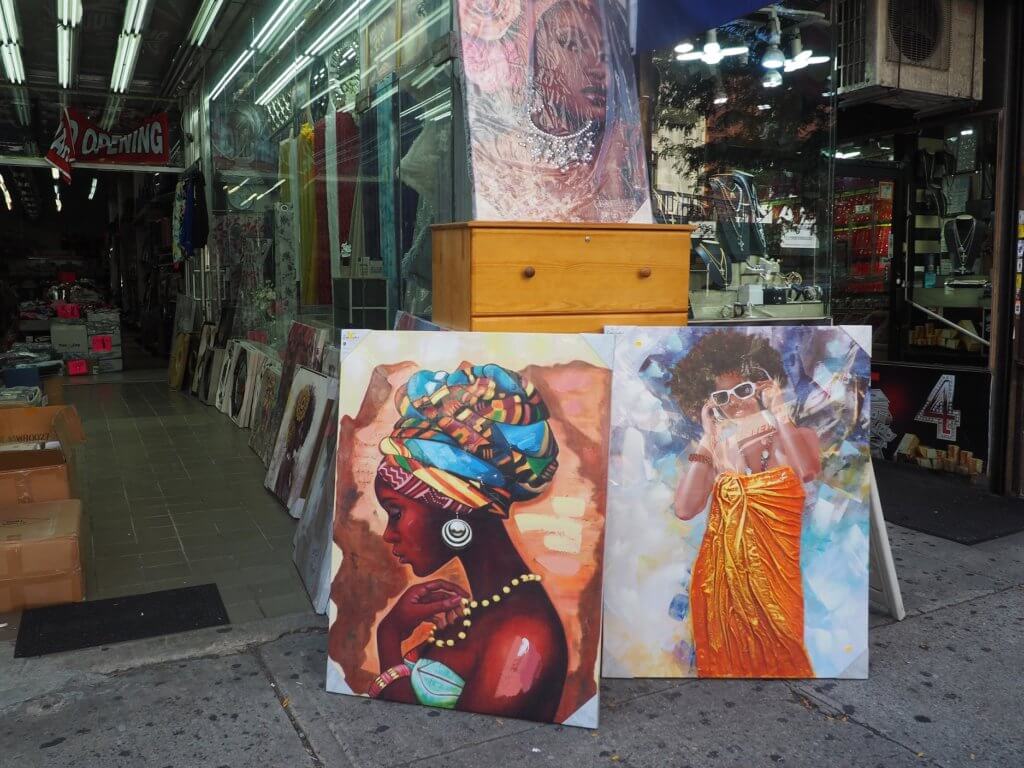
History buffs will love the exhibits at the New York Pubic Library’s Schomburg Center for Research in Black Culture. I had an interest in one of its current exhibits: Traveling While Black. A historical exhibit of the safe havens of entertainment, private homes, businesses and hotels for African Americans travel throughout the USA and abroad.https://www.nypl.org/locations/schomburg
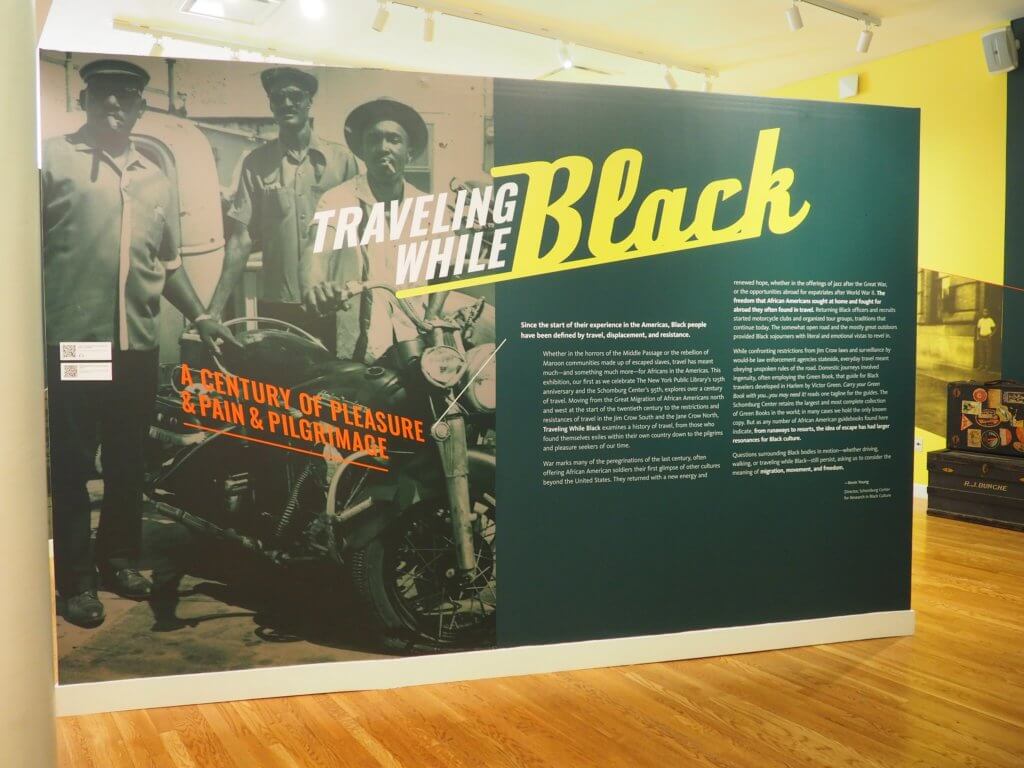
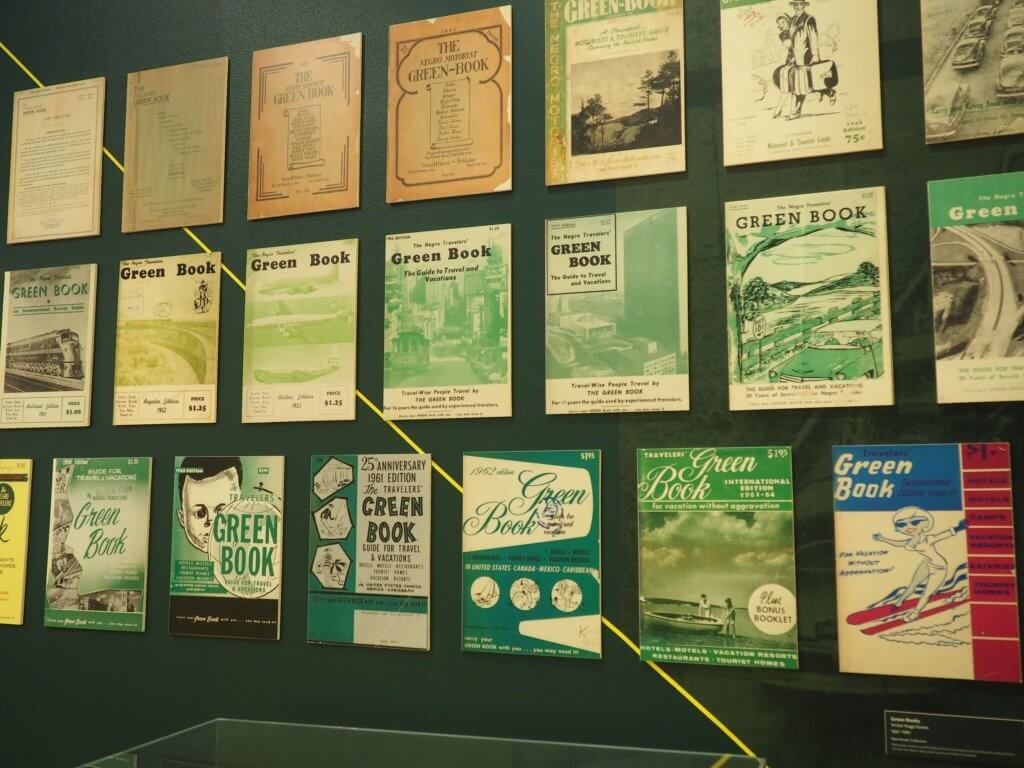
MC
January 9, 2022 | 3:57 pm
I used to love visiting and staying with my frat brother in Harlem. I didn’t know where the name originated but I was familiar with Harlem Renaissance. Nice article.